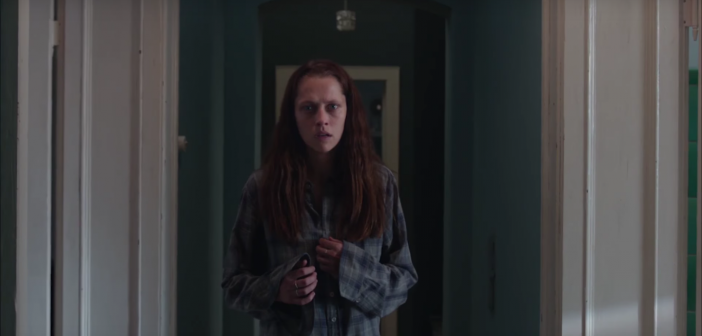A bold attempt to mix together two different types of film which are not commonly seen together, perhaps for good reason. Despite its flaws, there are multiple redeeming factors that make Berlin Syndrome more than watchable.
-
6
Cate Shortland’s newest project, based on the novel of the same name, is Berlin Syndrome. The title refers to the psychological condition known as Stockholm syndrome, a condition where a captive begins to form a bond with their captor. Shortland’s look at this peculiar happening marks a third feature-length film for the independent filmmaker.
The Aussie filmmaker’s two previous movies have revolved around youthful protagonists, with Berlin Syndrome continuing the trend. The film follows the story of Claire (Teresa Palmer), a young Australian backpacker, who has quit her job and left her life behind in search of a life changing experience, an experience she undeniably finds, even if it was not the kind she wished for. Whilst aimlessly wandering the streets of Berlin, Claire stumbles upon Andi (Max Riemelt), a German school sports teacher. One thing leads to another, and the two end up having a one night stand. Upon waking, things quickly turn dark for Claire. When Claire attempts to leave, she finds the door bolted shut, the realisation of the predicament she now finds herself in begins to dawn on Claire and things quickly take a very dark turn.
I would struggle if I was asked to categorise this film into a particular style or genre. The reason for this is that the film combines elements seen in both arthouse films and also in psychological thrillers. There are undeniably moments of great tension throughout the film and Cate Shortland, for the most part, executes this brilliantly and will have the viewer consistently holding their breath. However, this is not a typical thriller movie. Much of the film’s running time consists of scenes where the tension and thrilling aspects are nowhere to be seen. Berlin Syndrome spends a great deal of time dealing with themes rather than plot. Loneliness and isolation appear to be the main issues Shortland wishes to address, whether it is through the emotionally, turned literally, isolated Claire, or through the abandoned, socially detached Andi.
The film divides its running time equally between the two protagonists. Multiple scenes show Andi at work and with his father, Shortland attempts to do what many films with a similar plot would not; she wants the viewer to try to actually gain a deeper understanding of Andi, one which hints at explanations for his actions. It is an attempt at having a fully formed character, rather than a one-dimensional plot device you may see for a character such as his in a run-of-the-mill psychological thriller. Ultimately the attempt of mixing thriller with arthouse does actually damage Berlin Syndrome, with each genre/style only being apparent for half the time, neither is truly able to strive and the make the most of its elements.
From the outset, the film is an aesthetic delight. Germain McMicking’s cinematography is successful in being both gorgeous and relevant to the film. For example, the film’s opening has Claire roaming the streets of urban Berlin, during which McMicking and Shortland are able to show the beauty of the streets of the German capital, whilst also using various long and wide-angled shots which have the effect of dwarfing Claire, highlighting her loneliness and unfamiliarity with the environment she is in. This mixture of aesthetic and relevance in the film’s cinematography is successfully utilised throughout. The films score works well with the cinematography and really adds to the watch-ability of the film; Bryony Marks has created a score which is as tense as it is beautiful. The visual and audio elements of Berlin Syndrome help enhance the film where the plot and narrative falter.
The performances of the two leads are both fantastic, with Teresa Palmer taking the biscuit. Claire’s journey throughout the film is a whole bag of different emotions and psychological states. Palmer portrays the character and her ever-changing psychological state brilliantly, something which a less capable actor would have struggled with significantly. This performance was paired together with the slightly inferior, but by no means bad, performance of Riemelt. Riemelt plays the damaged Andi well, switching between calm and caring to dangerous and vicious very effectively. However, Andi lacks the necessary level of development needed to truly bring out the best in Riemelt.
Berlin Syndrome is an audible and visual treat. Despite the fact that it has successful moments of great tension and some food for thought on various themes, the somewhat unoriginal plot, undecided genre and disappointing ending all stop it from being brilliant. It is a film worth watching once, which will most likely provoke some thought within, only until the next day when it will most likely slowly begin to fade from your mind.
Berlin Syndrome (2017), directed by Cate Shortland, distributed in the UK by Curzon Artificial Eye. Certificate 15.




